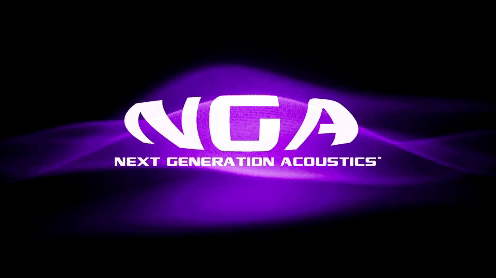Studio Control Room
TREATING A RECORDING STUDIO CONTROL ROOM

There is no other environment were critical listening is more important than a studio's control room. The control room is the heart of a studio and where the "magic happens". A great acoustical environment is a must! Fortunately for you this can be easily achieved. We strive to make this affordable and easy to understand how to do. So let's cover the simple science of achieving great acoustics in your control room. There are three products mathematically formulated to help you achieve this. Almost every control room will need a combination of all three of these to reach this goal. Absorption (acoustic panels), diffusion and bass traps. These technologies will help you achieve a balanced frequency response.
What does it mean to have a balanced frequency response and why do I need it?
A balanced frequency response means that the frequencies (bass/mids/treble) you are hearing in your room are the same frequencies that are coming out of your studio monitors. Unfortunately untreated rooms play tricks on our ears. What do I mean by this? To put it simply, we can hear more bass than what is actually there, or perceive harsh high frequencies caused by reverberation and flutter echoes. When mixing music this can be detrimental to your mixing process. The problem is that what sounds good in your untreated room will not translate to other speakers, rooms or car sound systems. In a room that is properly treated you will be mixing the music instead of "mixing your room". Unless you are in a room that was structurally designed to be a recording studio (and most of us aren't) you are without a doubt going to have base build up and bass nulls. (A bass null is a spot where lot less bass is sonically perceived then what is actually there). A small square room is notorious for causing anomalies in low in frequencies. Therefore - Bass trapping is a must. 99% of the time the corners are the problematic areas. Why? Because of the way bass frequencies react to flat surfaces. Bass has big, long sound wave formations and when bass hits a wall it can be compared to water splashing onto a flat surface. Instead of reflecting like a bouncy ball off of surfaces like treble and mid-range frequencies do, bass will hit a surface and "splash" out to the edges or corners of a room/wall. This explains why bass tends to build up in or get "trapped" in corners. That's why our standard bass traps are designed to fit flush in corners or any 90° wall joint.
When it comes to installing acoustic panels for a control room you are going to want 40% coverage at minimum. What does 40% coverage mean? Simply take the total square footage (room length x room width) and multiply that by .40
The resulting number will be how many square feet of acoustical treatments / absorption panels that you need to create an ideal acoustical environment for your room.
Here's an example -
If you have a room that is 10 feet by 14 feet then the total square footage is 140 square feet. If you multiply that .40 the total is 56. That means you need a total of 56 square feet of acoustical treatments at minimum to achieve the desired acoustical environment for your room. The recommended coverage can be achieved by any combination of acoustic panels/diffusion sizes we offer.
Examples:
- 14 Broadband Column Panels (4ftx1ft) = 56 sq/ft of treatment
- 7 Large Broadband Panels (4ftx2ft) = 56 sq/ft of treatment
- 28 Medium Column Panels (2ftx1ft) = 56 sq/ft of treatment
Either of these options will work to treat your space.
What if you don't have enough available wall space to achieve 40% coverage in your room? No problem - this is when an acoustic ceiling baffle is a requirement. If you would like to learn more about if an acoustic ceiling baffle is right for you click here.
So now your probably wondering where you need to place your acoustic panels in your room. Excellent question - the short answer is at the "reflection points" within your room. So how do you determine where these reflection points are? Simple, using the "mirror test". The source of sound in most control rooms is the studio monitors. If you were to place a mirror in front of each speaker (facing outward) what do you see? That spot is your first order reflection point or the first surface sound is reflected off of. This is the first priority spot for installing your absorption panels. After treating the first order reflection points you need to work your way around the rest of the room to the other reflection points. Diffusion is usually placed at the second and/or third order reflection points. Meaning the back wall behind your mixing position, in front of your mixing position and on the ceiling. These reflections can be treated with absorption panels and bass traps exclusively if diffusion is not desired in your room. Depending on the size, shape and obstacles within your room you will need different treatment placements and coverage requirements. A combination of absorption panels/diffusion/bass traps is usually what is needed for a typical control room setup.
If you have any questions about calculating the requirements for your particular space please fill out our FREE ROOM ANALYSIS FORM. You can also send any photos of your room to customerservice@NGAcoustics.co
Our acoustics experts are here to help. We promise to help you find the BEST possible solution for your rooms needs!

